Birding the Cleveland Way
Growing up on the northern edge of the North York Moors National Park, Richard has always wanted to walk the entire length of the Cleveland Way, to explore the landscape, birds and wildlife along this fabulous National Trail. His plan is to walk a different section every month over the course of 2024 and write a blog in the process. Joining him on these leisurely walks is artist Jo Ruth.
January 28 – Helmsley to Cold Kirby
We kicked off our journey on the 28th January at the official starting point in Helmsley at the National Park car park. In typical eastern Yorkshire style, the forecast said overcast all day but within 5 mins of getting out of the car the sun came out. A kestrel flew over and a Song Thrush started singing, a very auspicious start. Song Thrushes have been called the ‘Nightingale of the north’. This is a great moniker. A powerful singer, every individual male Song Thrush creates slightly different notes to defend his ground and attract a mate. If you hear one try to pick out the flashes of mimicry. I have heard many other species such as Tawny Owl and even Crossbill within the song.
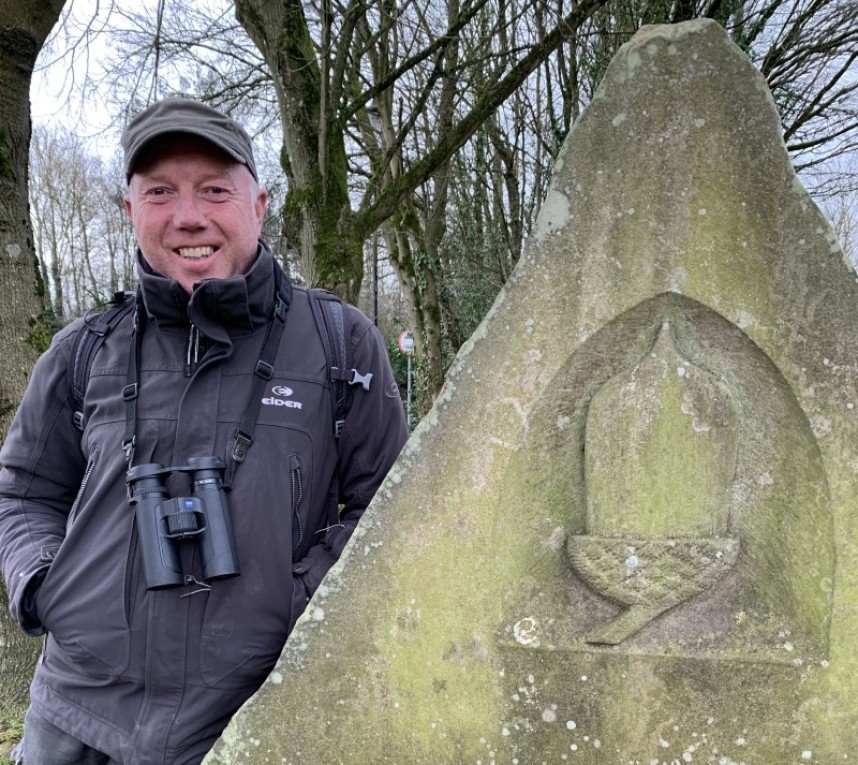
Richard at the start of the Cleveland Way © Jo Ruth
As I was leaning on the side of the acorn sculpture (created by Vivien Mousedell) at the start of the trail, I could hear a Marsh Tit making its characteristic sneezing call behind me. These birds are Red Listed because of their declining national population but we are lucky enough to still have a good population in the National Park.
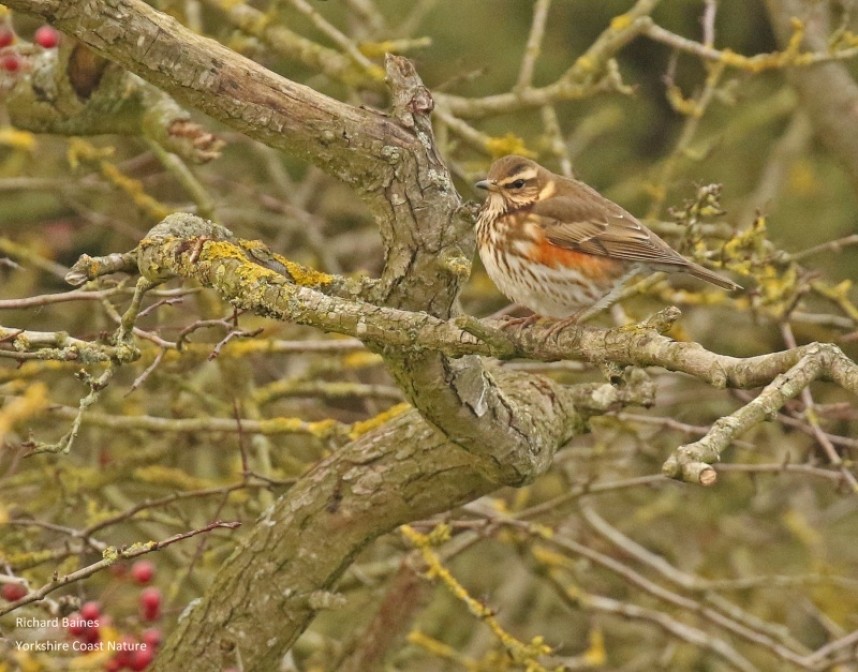
Redwing © Richard Baines
A little further up the track, a paddock with grazing horses held around 50 Redwing and a small flock of European Goldfinches. This reminded me of a good birding tip: ‘where there’s muck there’s birds’ The manure provided habitat for invertebrates which was attracting the thrushes and the nearby Holly bushes provided cover when they were disturbed. Redwings will be with us for a couple more months, then in April they will be heading back across the North Sea for the summer. Our heads were then turned to a group of Rook in a sheep field and we could hear a flock of Pink-footed Geese overhead. Icelandic wild geese flying over Yorkshire Rooks.
We had barely walked 100m and we had already had seen and heard some great birds. Knowing how often I can be distracted by birds, Jo thought this could be a long day!
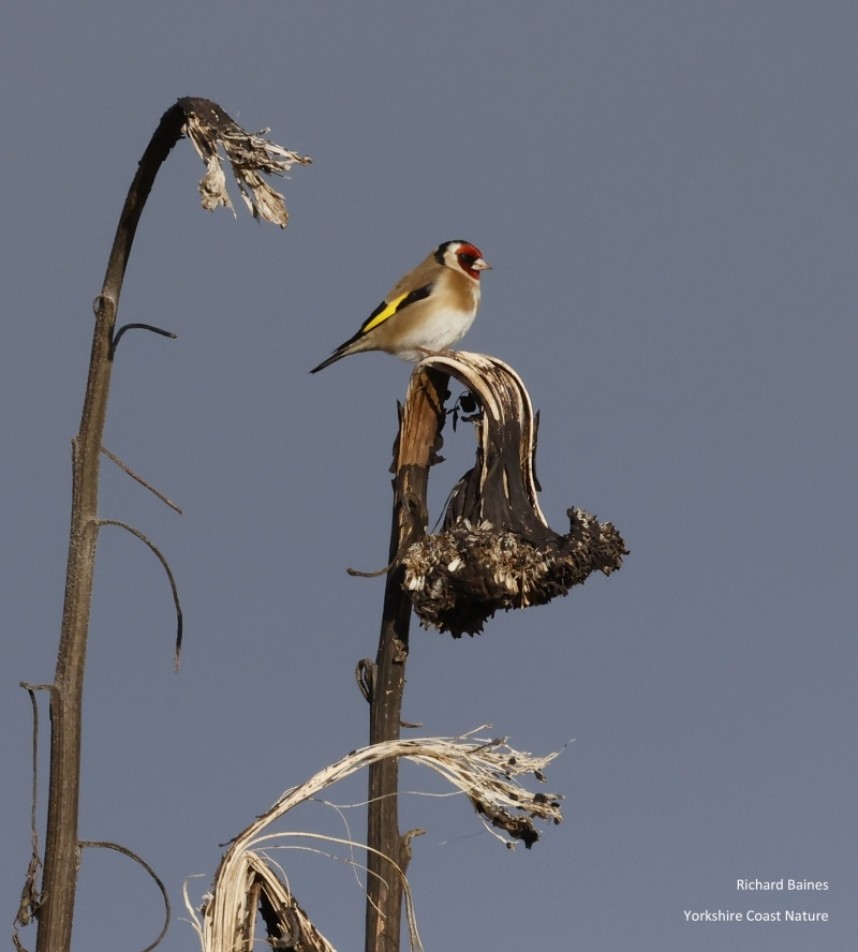
Goldfinch near Quarry Bank Wood © Richard Baines
The first woodland we encountered was Blackwood Howl Woods, the path runs adjacent to the trees allowing us to keep a keen our ears alert for any bird sounds. It wasn’t long before we heard a Great Spotted Woodpecker drumming and a Green Woodpecker making its characteristic yaffle call. The path then enters the woods where large stone steps helped us down one side and up the western side into Spring Bank Wood.
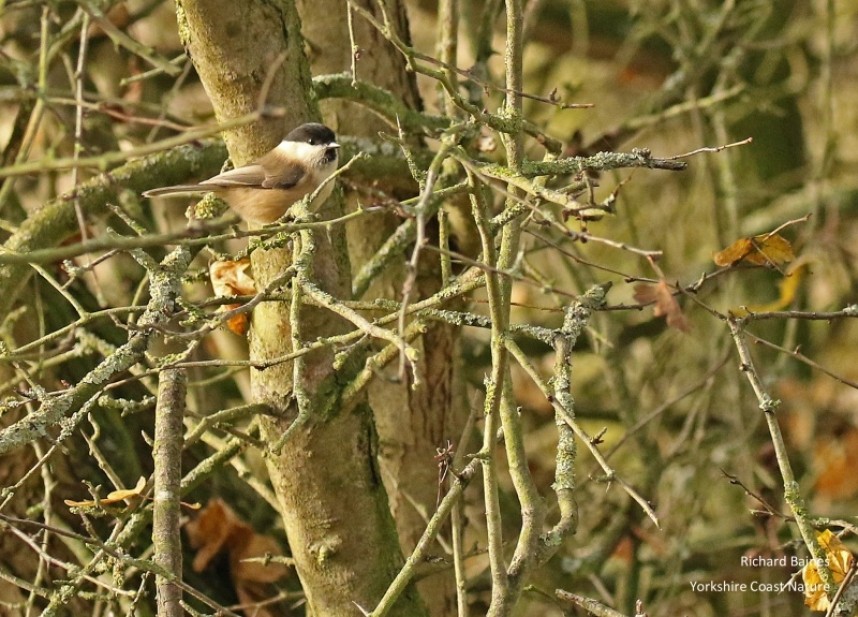
Willow Tit © Richard Baines
A calling Willow Tit stopped me in my tracks at the top of the steps. There were two feeding in the Birch trees by the side of the path. Seeing both Marsh and Willow on the same walk was a great bonus.
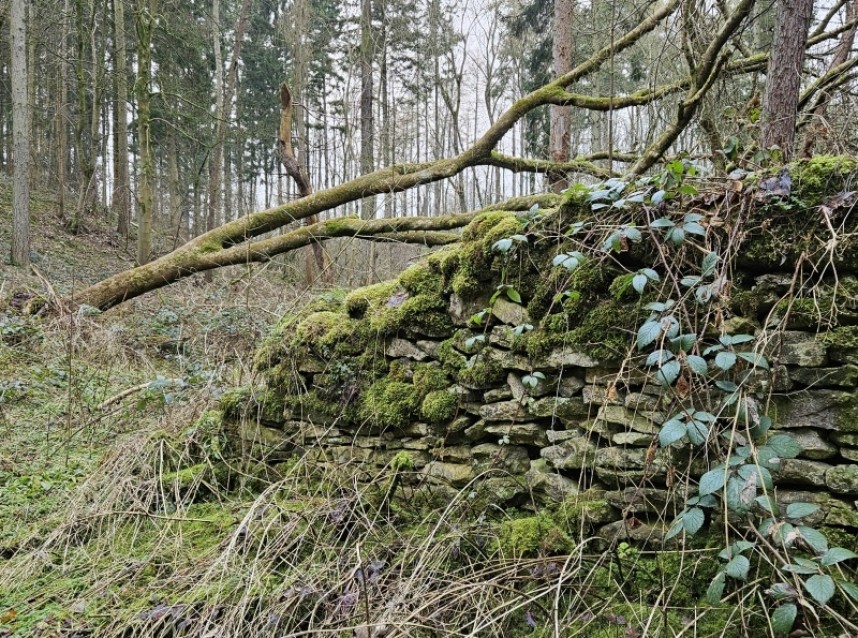
Old walls and fallen trees create great habitat in Spring Bank Wood © Richard Baines
The Willow Tit call is far more rasping than Marsh Tit. A scolding sound which always reminds me of the onomatopoeic ‘chick-a-dee’ sound linked with North American chickadee birds. The dee part is the scolding sound and very different to the softly sneezing Marsh Tits. I had time for a quick photo then we had to get moving. The woodland here is a really nice mixture of scrubby edge habitats alongside native trees such as Oak and conifers such as Spruce and Larch. Lots of open sections and lots of opportunities for birds and birding.
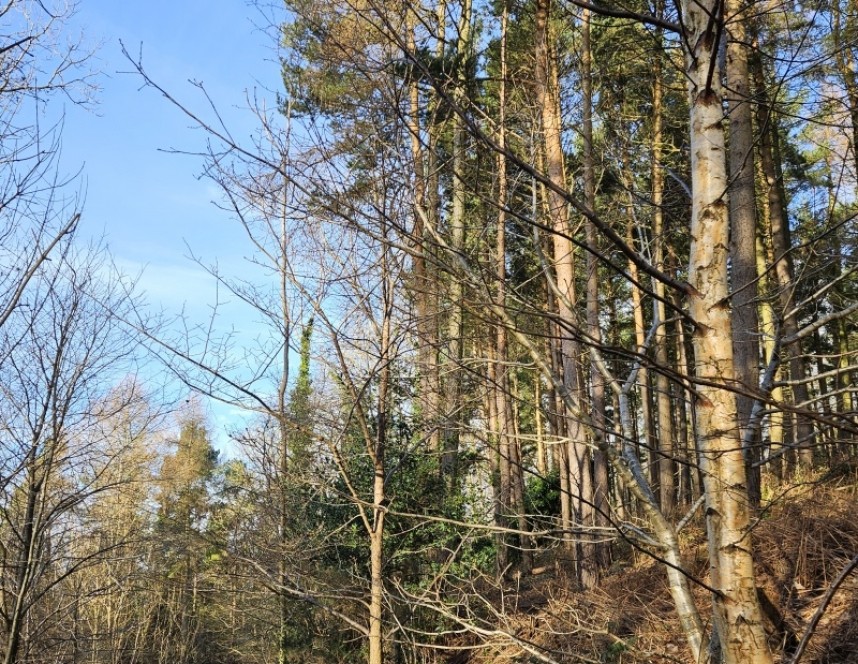
Quarry Bank Wood with Birch, Spruce and Larch © Richard Baines
We then headed slowly downhill through Quarry Bank Wood eventually joining the minor road which leads to Rievaulx. Turning left along the trail we followed a nice off the road path which allowed us to stop for a first look across the fields and above the woods for birds of prey (often nicknamed BOPs by birders). This was at around 10:00 a good time for the first raptors to appear. Luckily the sun was shining and so were the BOP gods. Six Common Buzzard and a Goshawk were circling just above the trees looking south. Nearby a Common Nuthatch was calling really loudly and a small group of Siskin flew over.
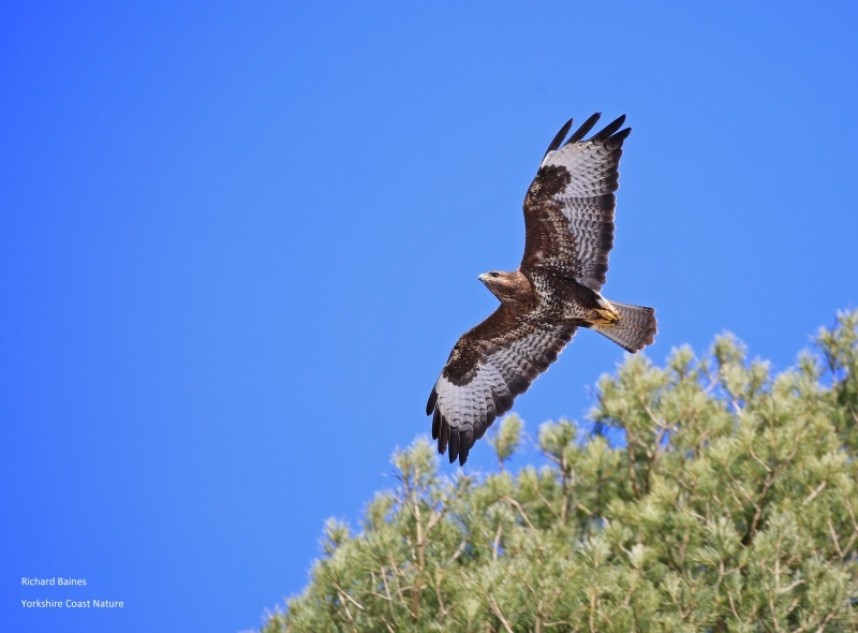
Common Buzzard © Richard Baines
Following the roadside route west towards Ashberry Pasture opens up great views across the fields and hanging woodlands bordering this beautiful glacial valley. Many of the woodlands here are ancient and dominated by lots of native trees such as Hazel and Oak. Wood Warblers could once be heard singing here every year in early May but sadly they are now very scarce in our area having declined across the whole of the UK. However, I never say never in natural history so it’s still worth seeking these amazing birds out in the spring.
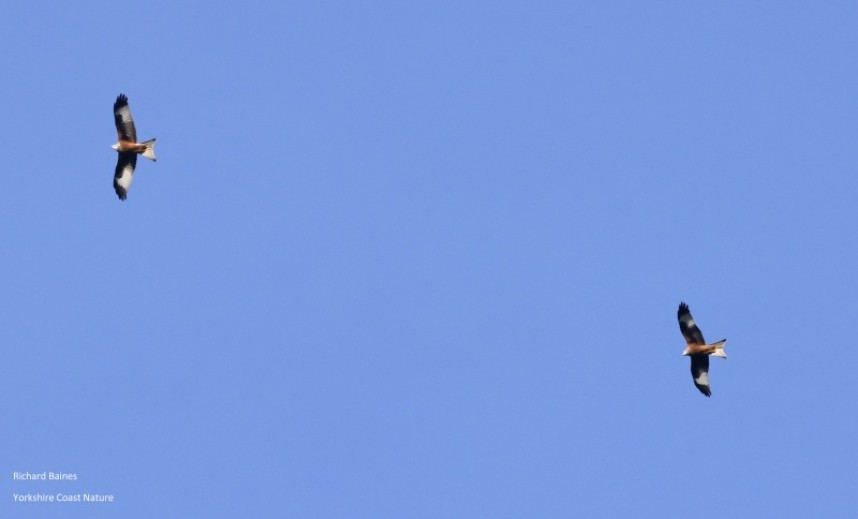
Red Kites over Ashberry Pasture © Richard Baines
The weather was still great for raptors and they were certainly enjoying the warm air with no less than 12 Common Buzzard and three Red Kite above our heads as we walked past Hagg Hall. The trail then cuts off the road around Noodle Hill which sadly despite the name did not supply us with a tasty hot pot.
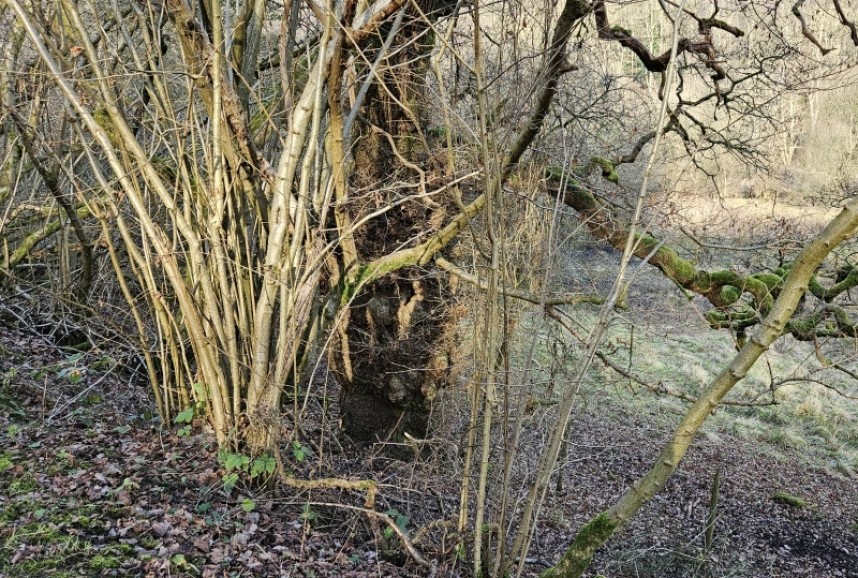
Hazel coppice and Oak in Nettle Dale © Richard Baines
Just around the corner the ribbon of lakes along Nettle Dale came into view as we looked north through the trees. These fishing lakes provide a great habitat change on this section of the trail. I was surprised to see so many Mallards, 482 to be precise. Alongside the Mallards was a lonely male Eurasian Wigeon and at least eight Little Grebes.
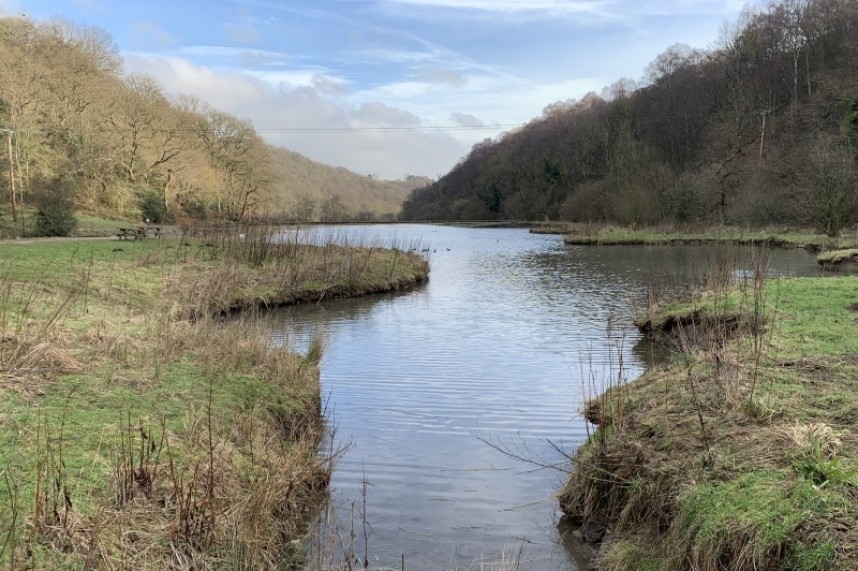
Nettle Dale Lakes © Richard Baines
After Flassen Dale the path left the valley and woodlands and we climbed up and out into the open farmland heading for the small village of Cold Kirby. Low Field Lane is a wide track flanked by a hedge which looked very old in places. The large size of the Hawthorns and Holly provided good perch points for Yellowhammers and Redwings which were attracted to the muck heap in one of the fields.
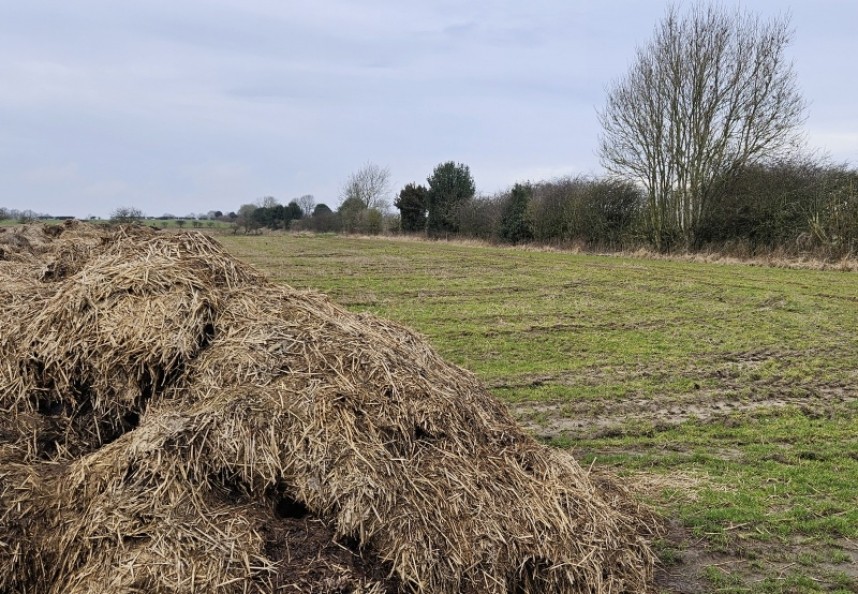
Where there's much there's birds! Cold Kirby farmland © Richard Baines
Even better was a flock of around 100 Northern Lapwings which rose out of the fields to the south of us. Their flashing black and white wings were a superb sight against the hazy blue sky and black winter trees.
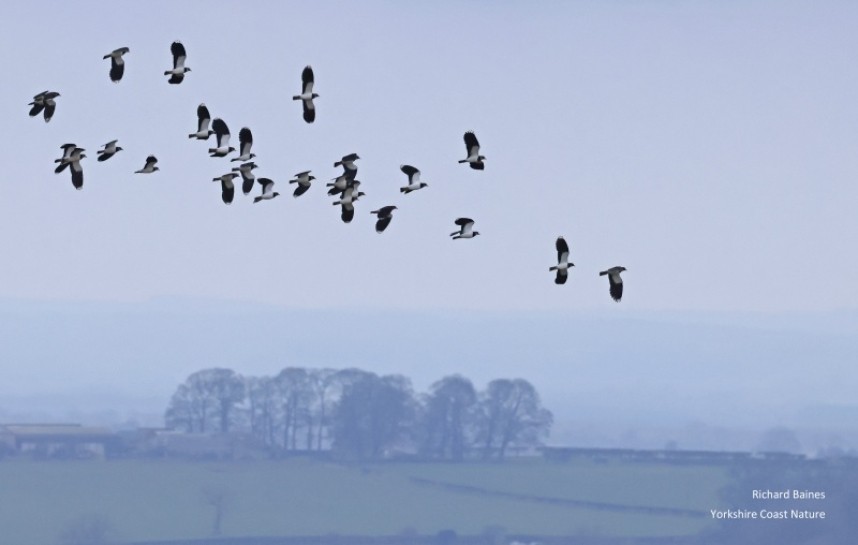
Lapwings over Cold Kirby © Richard Baines
Just as we reached Cold Kirby the weather, very appropriately turned colder and windier so we decided to follow a path away from the Cleveland Way and back into the valleys towards our car at Ashberry Pasture.
This had been a great start to our journey. Next month we explore the forests and fields of Sutton Bank with a little detour to see the famous White Horse.
Director and Wildlife Guide
Yorkshire Coast Nature



 Back to Blog
Back to Blog
